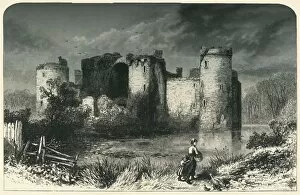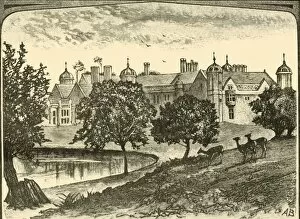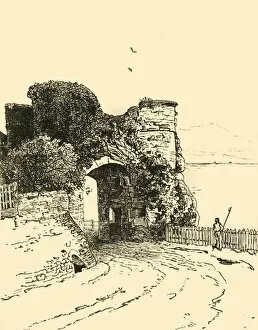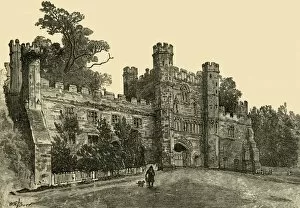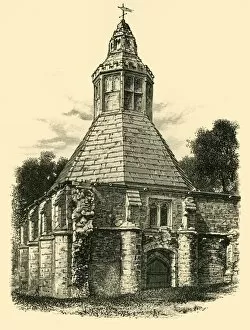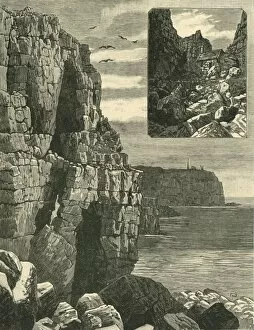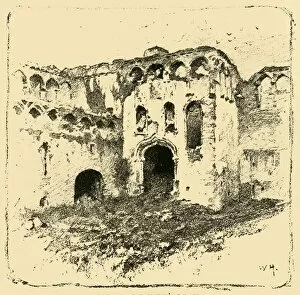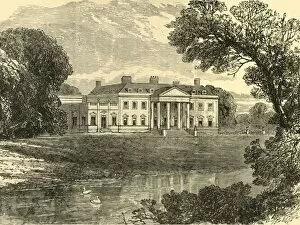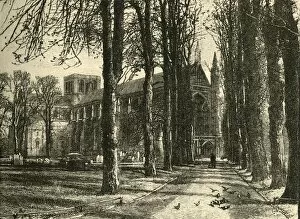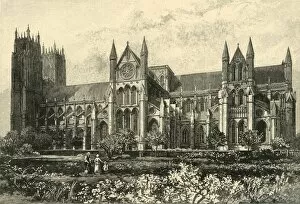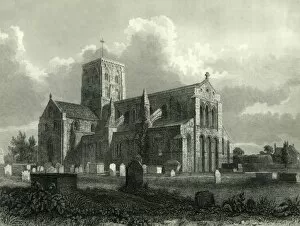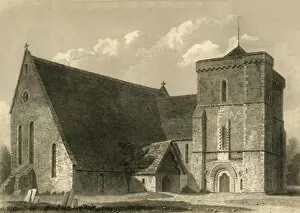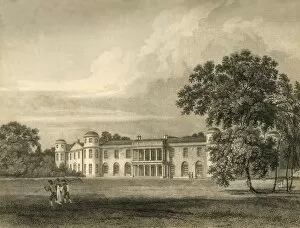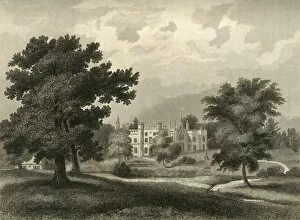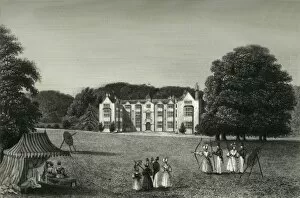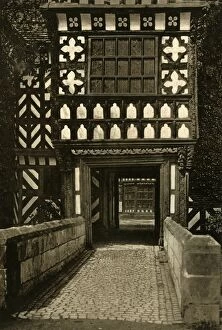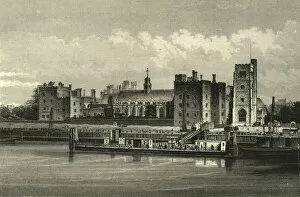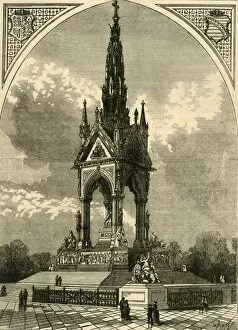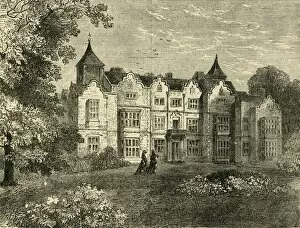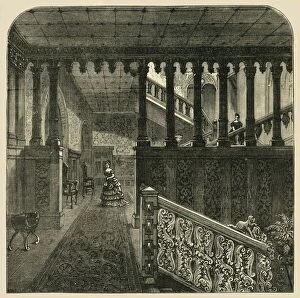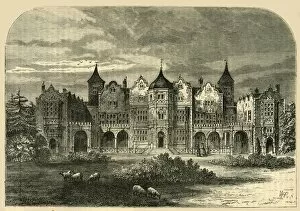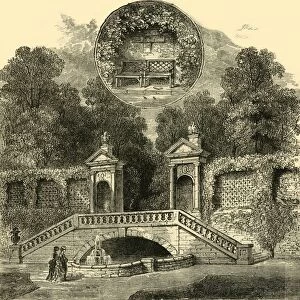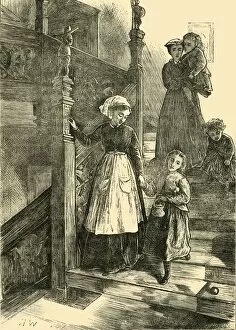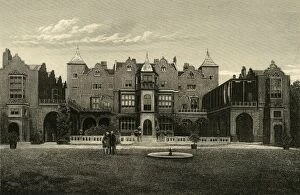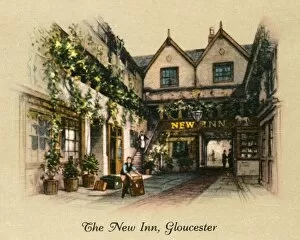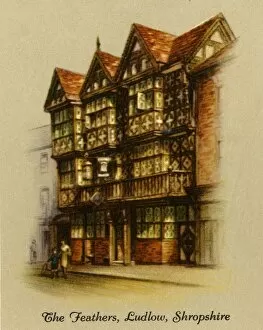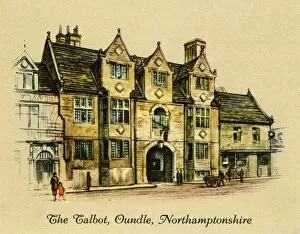Grade I Collection (#3)
Grade I refers to the highest level of architectural and historical significance that a building or structure can achieve in England
For sale as Licensed Images
Choose your image, Select your licence and Download the media
Grade I refers to the highest level of architectural and historical significance that a building or structure can achieve in England. It represents a rich tapestry of heritage, showcasing remarkable craftsmanship and captivating stories from different eras. Take a step back in time to Westgate, Canterbury, 1898. With its origins shrouded in mystery by an unknown creator, this Grade I gem stands as a testament to the city's medieval past. Its imposing presence beckons visitors to explore its secrets. Journey further into history at Shobdon Court, Hereford - The Lord Bateman, 1910. This Grade I marvel transports you to an era of opulence and grandeur. Its stately elegance captivates all who wander through its hallowed halls. Nature's beauty unfolds at The Gardens of Stowe House, Bucks, c1785. Painted by Thomas Rowlandson, this Grade I masterpiece showcases meticulously manicured landscapes that have stood the test of time. A true feast for the eyes. Derbyshire's crown jewel awaits at Chatsworth House – a magnificent Grade I stately home steeped in history and surrounded by breathtaking landscapes. Prepare to be enchanted as you delve into centuries-old tales within these hallowed walls. Venture northward to Castle Howard in North Yorkshire – an architectural marvel that has withstood the passage of time since it was built in Europe during England's storied past. This Grade I treasure is sure to transport you back through centuries of English heritage. The Palace of the Stuarts rises majestically amidst York's historic streetscape since 1881; its creator remains unknown but left behind an enduring legacy worthy of admiration for generations yet unborn. Discover hidden gems like Cloister Pump and Hall Steps from 1926—a testament to human ingenuity blending seamlessly with nature’s wonders—showcasing how architecture can harmonize with its surroundings while standing tall as a proud Grade I structure.

